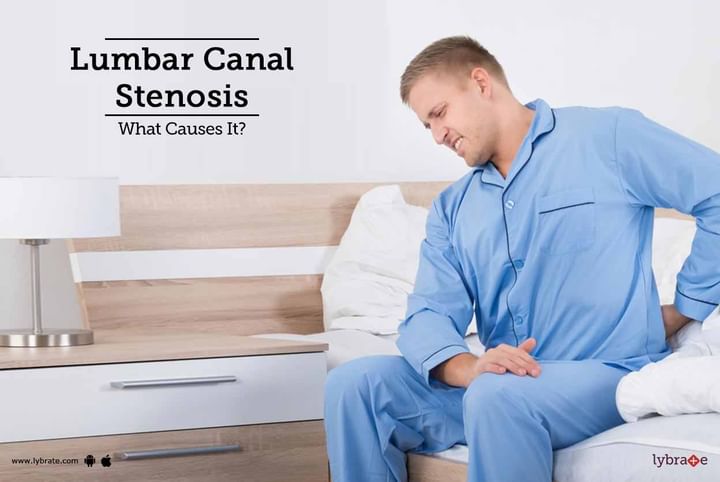Lumbar Canal Stenosis - What Causes It?
Spinal stenosis is a condition where a part of the spinal column becomes narrow. There are generally two types of spinal stenosis- lumbar stenosis and cervical stenosis. Lumbar stenosis is the form of the condition that affects the lower back. It is also the most common type of spinal stenosis.
Common Causes of Lumbar Spinal Stenosis
Some people may be born with a narrow spinal canal, but in most cases the condition is caused post birth. Here is a look at some of the most common causes for the spinal stenosis.
- Overgrowth of bone- Osteoarthritis can sometimes cause bone spur formation, which in turn can lead to the stenosis at the lumbar region of the spine. This usually occurs in adults, as osteoarthritis is common after a certain age.
- Herniated discs- A soft cartilage exists between the vertebrae, which cushions any impact on them. However, this cartilage dries up over time, and with age may lead to formation of crack on the exterior, which in turn causes suppression of the inner soft material and nerves of the spine.
- Stiffened ligaments- The ligaments in the spine may become thick and stiffened over time and age. Due to the thickness of the ligaments, a bulge may occur in the spinal column and lead to lumbar spinal stenosis.
- Injuries to the spine- Lumbar spinal stenosis may often be brought on by an injury to the spine. A spinal fracture resulting from an accident may narrow down the spine, which can cause the issue.
- Tumours- A tumour may affectumbar Canal Stenosis anyone at any point of time. These tumours may occur between the spinal cord and the vertebrae or between two bones in the vertebrae.
Symptoms of Lumbar Spinal Stenosis
Often the spinal stenosis may lie dormant and not produce any noticeable symptoms. However, it can still be diagnosed using an MRI or CT scan. However, all forms of the condition gradually progress and produce severe symptoms. This is why the treatment should be started as soon as the lumbar spinal stenosis is diagnosed, for the best result.
Here are common symptoms associated with the disorder
- Numbness and tingling in the leg and foot.
- Pain in the back
- Leg cramps after long spells of standing or walking.
- Weakness in the legs and feet.
If you observe any of the symptoms mentioned above, make sure that you visit an orthopaedist, so that the condition can be diagnosed and treatment can be initiated at soon as possible. In case you have a concern or query you can always consult an expert & get answers to your questions!



+1.svg)
